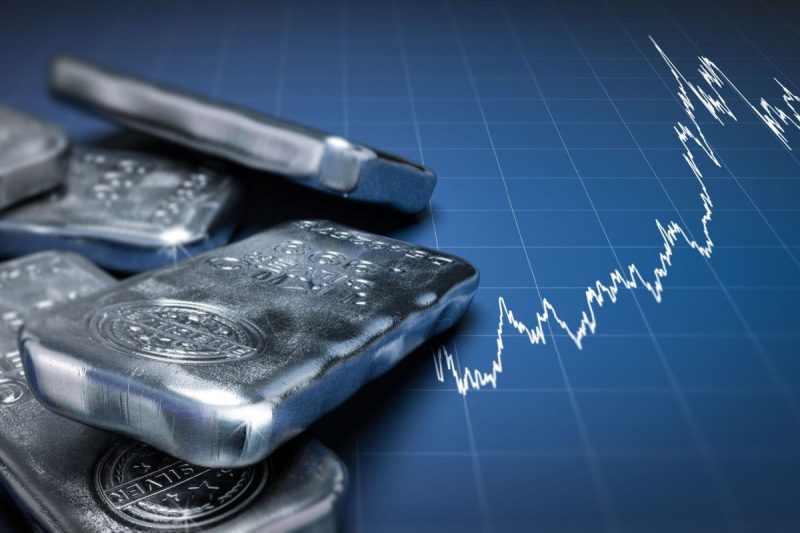Investing in Silver: A Comprehensive Guide
Understanding the Silver Market
Silver has long been considered a valuable commodity, not just for its aesthetic appeal but also for its industrial applications. As a precious metal, silver holds intrinsic value that has made it an attractive option for investors looking to diversify their portfolios. Before diving into the world of silver investing, it’s important to understand the dynamics of the silver market.
One of the key factors that influence the price of silver is its dual nature as both a precious metal and an industrial metal. This means that silver prices can be affected by both macroeconomic trends and industry-specific factors. For example, during times of economic uncertainty, investors may flock to precious metals like silver as a safe haven asset, driving up prices. On the other hand, changes in industrial demand for silver can also impact its price, as the metal is used in a wide range of applications, from electronics to solar panels.
Types of Silver Investments
There are several ways to invest in silver, each with its own set of advantages and risks. Here are some of the most common options for investors looking to add silver to their portfolios:
1. Physical Silver: One of the most straightforward ways to invest in silver is to purchase physical silver in the form of coins, bars, or bullion. Owning physical silver gives investors a tangible asset that can be easily stored and accessed. However, it also comes with the added cost of storage and insurance.
2. Silver ETFs: Exchange-traded funds (ETFs) that track the price of silver are another popular option for investors. Silver ETFs offer a convenient way to gain exposure to the silver market without the need to store physical metal. Additionally, ETFs can be traded on major exchanges, providing liquidity and flexibility to investors.
3. Silver Mining Stocks: For investors looking to benefit from the potential upside of the silver market, investing in silver mining stocks can be a viable option. These stocks are influenced by factors such as the price of silver, production costs, and the overall performance of the mining company. Investing in mining stocks can provide leverage to the price of silver, but it also comes with higher volatility and risk.
4. Silver Futures and Options: More sophisticated investors may choose to trade silver futures or options contracts. These financial instruments allow investors to speculate on the future price of silver without owning the physical metal. Futures and options trading can be complex and risky, so it’s important to have a good understanding of the market before engaging in these types of investments.
Factors to Consider When Investing in Silver
When investing in silver, there are several factors to consider to make informed decisions and manage risk effectively:
1. Price Volatility: The price of silver can be highly volatile, influenced by a wide range of factors such as geopolitical events, economic indicators, and market sentiment. Investors should be prepared for fluctuations in the silver market and have a clear risk management strategy in place.
2. Storage and Security: If you choose to invest in physical silver, you’ll need to consider storage and security options. Secure storage facilities or safe deposit boxes may be necessary to protect your investment from theft or damage.
3. Diversification: Silver can be a valuable addition to a diversified investment portfolio, providing a hedge against inflation and economic uncertainty. By diversifying across different asset classes, investors can reduce the overall risk of their portfolios.
4. Market Research: Keeping track of the latest developments in the silver market is crucial for making informed investment decisions. By staying informed about factors that impact the price of silver, investors can identify opportunities and react to market trends effectively.
In conclusion, investing in silver can be a strategic way to diversify your portfolio and potentially benefit from the unique properties of this precious metal. Whether you choose to invest in physical silver, ETFs, mining stocks, or financial derivatives, it’s important to conduct thorough research, assess your risk tolerance, and stay informed about market trends. By approaching silver investing with a clear plan and a long-term perspective, you can navigate the complexities of the silver market and make sound investment decisions.



























